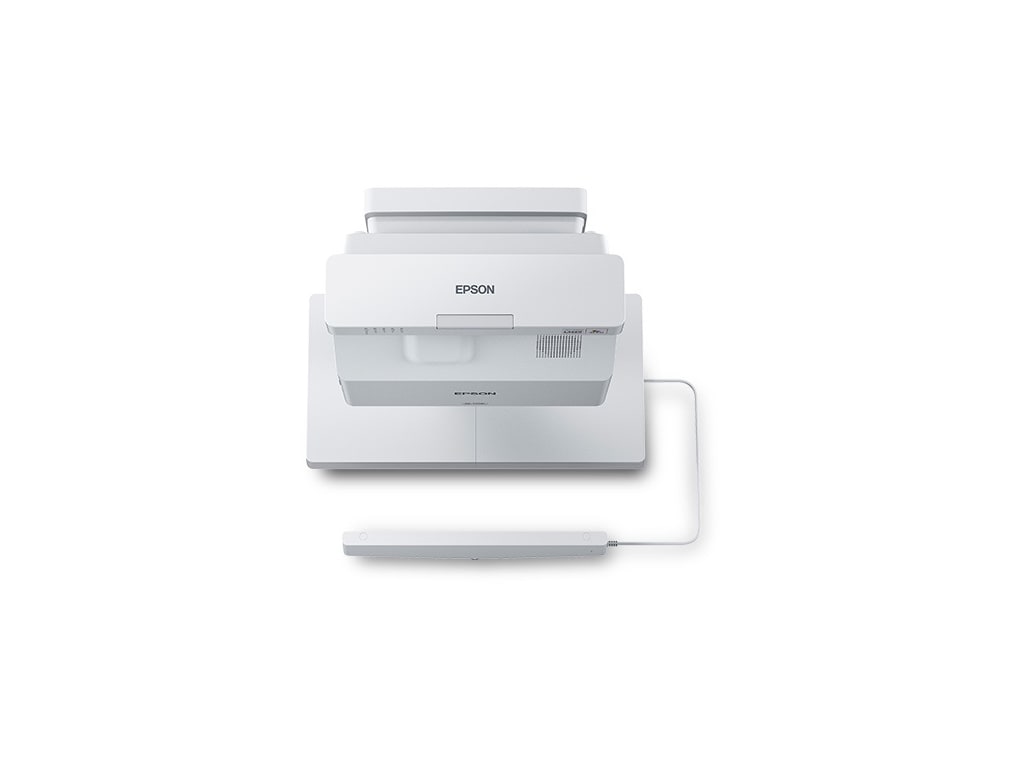
(The last two overlay a texture on whatever subject you're printing, making it look like it was printed on canvas or parchment.) Buried at the bottom of this panel is one of the most significant aspects of the 1280. If you select the "PhotoEnhance" option in the color management controls, you'll get options for setting tone (think "contrast") and a variety of effects, including Sharpness, Soft Focus, Canvas, or Parchment. This is particularly useful for batch processing. Once you've made your selections, you can save them to apply to other images via the Save Settings button. We ended up just leaving this option set to Automatic for all our prints and they looked just fine. You'd used "Vivid" for business graphics where you want the brightest colors, while Photo-Realistic would be for photo printing (no surprise there). The "Mode" option lets you select between Photo-Realistic or "Vivid" rendering, or "Automatic" as shown above. If Color Controls is selected, you can adjust the cyan, magenta, and yellow values individually, as well as the brightness, contrast, and saturation. On the opposite side of the dialog box, a handful of color management options make more fine-tuned adjustments. Below the Print Quality setting, a variety of controls set options for printing speed, image orientation, detail, and smoothing edges in low-resolution originals. The Print Quality pulldown menu offers a variety of quality settings, allowing you to select the one that best matches the use of your printout. At the top left of the dialog box are the Media Type and Ink selection tools, which provide the same options as on the Main menu page. The Advanced adjustments include a variety of specialized settings, expanding color management options, as well as providing more control over image attributes and quality settings. Clicking the Advanced button pulls up a dialog box for making further adjustments: "ICM" matches the color of the printout to match the monitor currently in use, and "sRGB" matches the color of the printer to other sRGB devices. Economy mode is best for printing text, as it makes minimal adjustments and prints at a slightly lower quality setting. Under the Custom Settings list, you can select Economy, ICM, or sRGB. The Digital Camera Correction checkbox appears under the correction type, which smoothes lines and contours in images shot with digital cameras, eliminating some artifacts and "jaggies." Photo Enhance mode is only selectable when printing in 8-, 16-, 24-, or 32-bit color mode, and is not recommended for use when the Roll Paper media type is selected, as gaps may appear in the printing.Ĭustom: The final mode available is Custom, which allows you to set more specific settings. Choices are Standard, People, Nature, Soft Focus, and Sepia. This mode provides a range of preset image corrections to choose from, depending on the type of image being printed. The printer will optimize the print job depending on which value is selected, Quality or Speed. You move the slider bar to the position that's most important. Depending on the Media Type selected, a slider bar appears under the "Custom" setting, listing Quality and Speed.

The Mode selection box establishes how much control you have over the actual printing, with three modes available to choose from:Īutomatic mode places the printer in control of the print quality and speed settings, based on the current Media Type and Ink selections. A wide variety of paper choices are available, and are categorized into groups, including Plain Paper, 360 dpi Ink Jet Paper, Photo Quality Ink Jet Paper, Matte Paper-Heavyweight, Photo Paper, Premium Glossy Photo Paper, Photo Quality Glossy Film, and Ink Jet Transparencies.īelow the Media Type menu is the Ink selection box, which specifies which ink cartridge will be used, Color or Black. Under the Media Type pulldown menu, you can specify the type of media you'd like to print to. The first is the Main menu, which allows you to set the basic printer parameters, including the type of paper to be printed on, the ink color, and the printing mode. Launching the printer setup utility displays this set of tab-based menu screens. They're repeated here though, for convenience.
Mac driver for epson 1280 drivers#
Note: The print drivers for the 1280 are essentially identical to those for the 785EPX, which we've already reviewed.


 0 kommentar(er)
0 kommentar(er)
